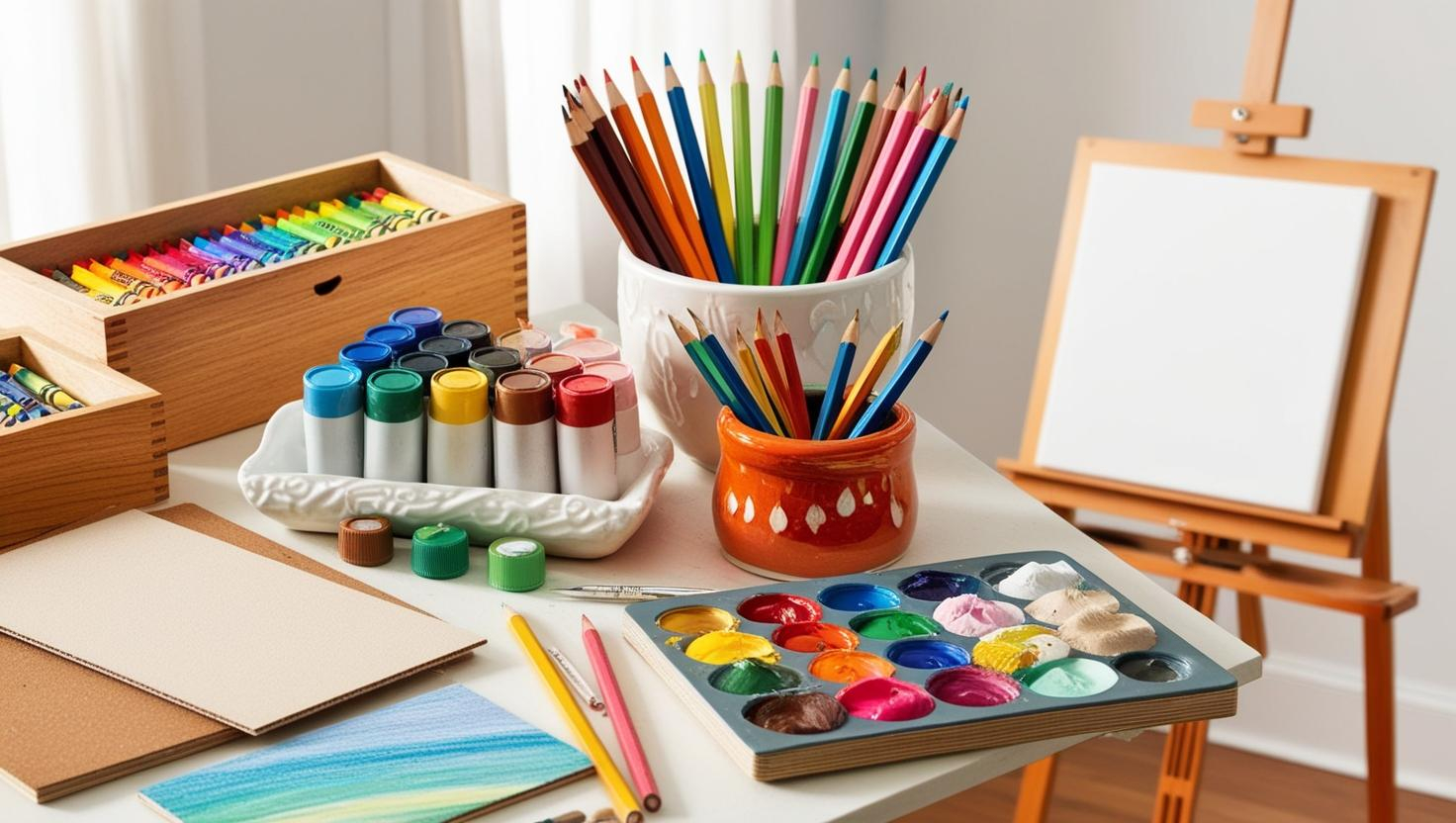
The Illustrator Is Not Your Employee: Writing for Collaboration
One of the most common misconceptions among picture book writers — especially those new to the field — is that the author “hires” an illustrator. In traditional publishing, this isn’t the case. The illustrator is your creative partner — chosen and guided by the publisher — and their role is just as vital to the storytelling as yours.
Writing picture books is, by nature, a collaborative art form. Here’s how to write with that spirit in mind:
1. Leave room for the art.
If your text tells us everything, there’s nothing left for the illustrator to do. Resist describing what can be shown visually. Instead, focus on what can’t be seen — emotion, action, rhythm, or voice — and let the art carry the rest.
2. Think in scenes, not sentences.
Picture books typically unfold across 12–14 double-page spreads (32 pages broken into spreads with room for title pages, copyright info, dedication, etc.) When you imagine each page turn, think about action, pacing, and contrast — how text and image will interact dynamically to move the story forward. What compels the reader to turn the page and find out what happens next? How will the next image differ from the previous one? Every page turn should provide an opportunity for a scene change or a shift in POV. No two images should be the same, so take care to write in a way that gives your illustrator that diversity of imagery.
3. Trust visual storytelling.
Illustrators are visual narrators. They bring humor, subtext, and emotion to the page in ways that words cannot. When you over-direct (“she wore a red hat and blue shoes”), you stifle creativity. When you trust the illustrator, magic happens. You will be surprised by how much a talented illustrator can elevate the text beyond your initial ideas.
4. Be sparing with art notes.
Use them only when essential to understanding a plot point that isn’t clear in the text. Otherwise, let the illustrator interpret freely. Brevity here shows professionalism and respect.
5. Write for illustration, not around it.
Language that’s musical, rhythmic, and evocative invites illustration naturally. The more sensory your writing, the more the illustrator can visualize and expand your world.
6. Think “co-creation,” not “control.”
Even though you will likely never meet your illustrator (your editor and art director will serve as intermediaries between you to maintain creative autonomy on both sides), your collaboration is a duet — one that depends on trust, generosity, and restraint. Your job is to inspire, not to dictate.
